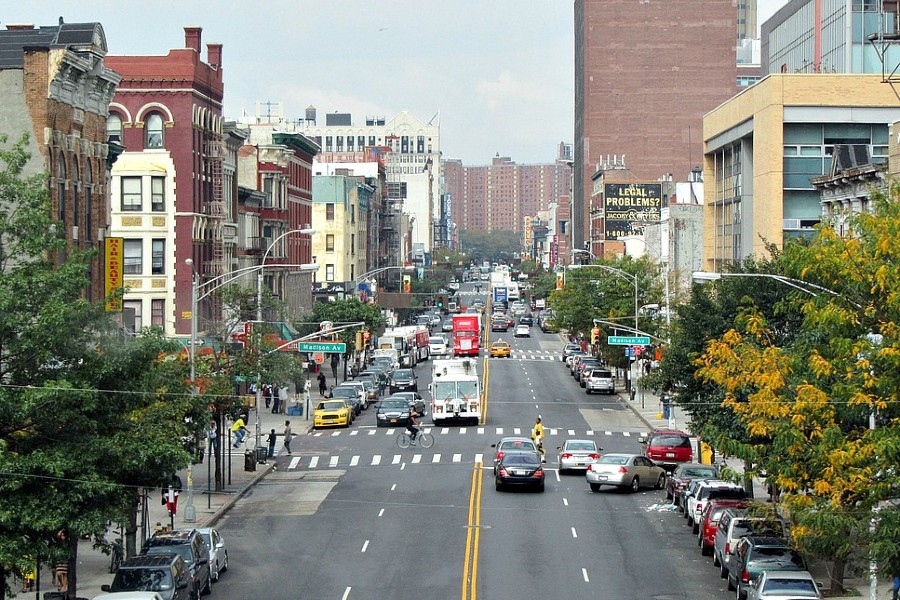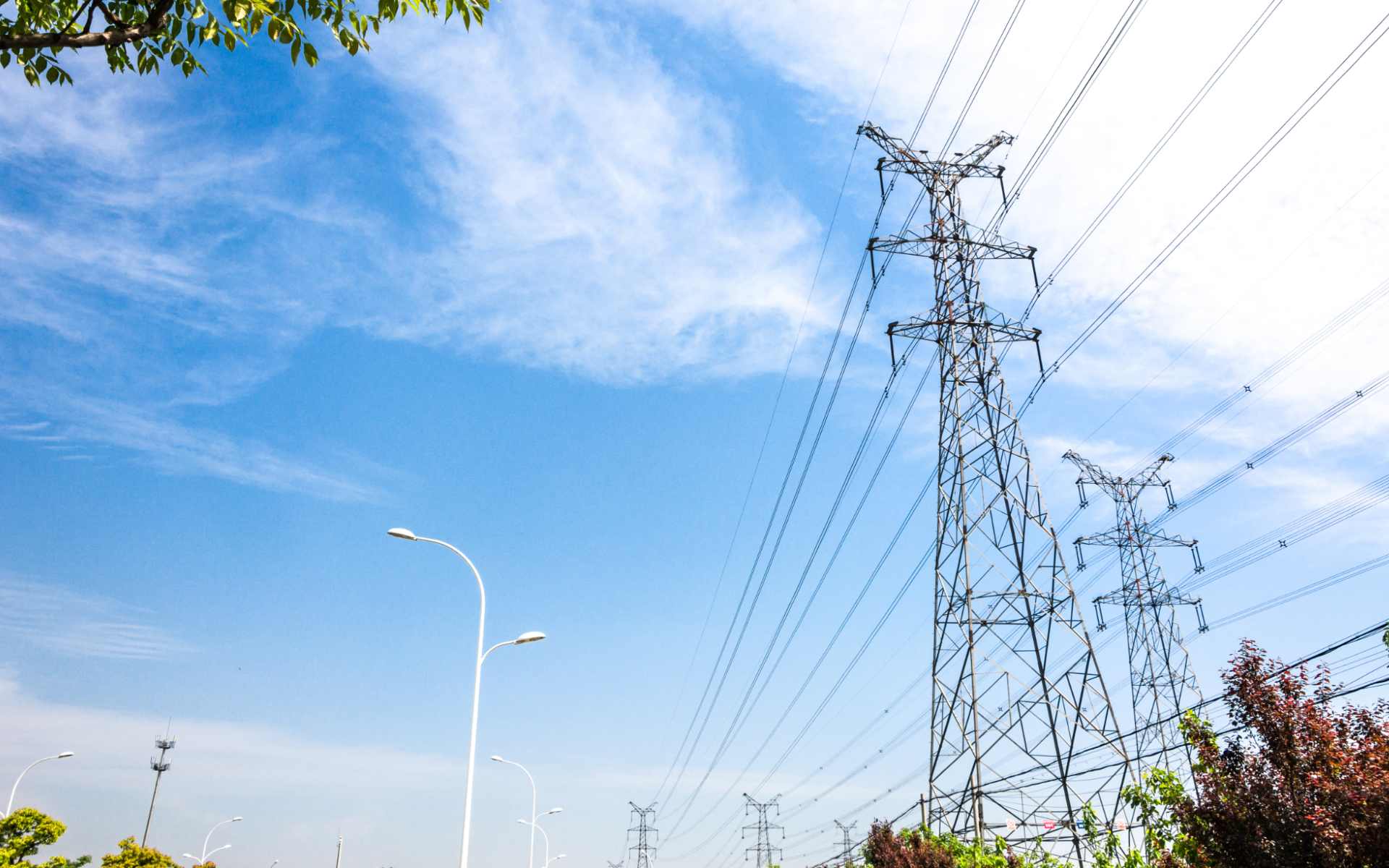Oregonians are out of work for longer, unemployment filings show – oregonlive.com

Analysis of Oregon’s Employment Trends and Implications for Sustainable Development Goals
Executive Summary: Current Employment Landscape
A recent analysis of Oregon’s labor market indicates a concerning trend that poses challenges to the achievement of several Sustainable Development Goals (SDGs), particularly SDG 8 (Decent Work and Economic Growth). The state is experiencing a notable increase in the duration of unemployment, signaling difficulties for the jobless in securing new employment.
- Continued unemployment claims have risen by 17% compared to the previous year.
- The weekly average for continued claims is now 33,400, up from 28,500.
- Oregon’s unemployment rate reached 4.9% in June, exceeding the national average of 4.1%.
Challenges to SDG 8: Decent Work and Economic Growth
The rising unemployment figures represent a direct setback to the targets of SDG 8, which aims to promote sustained, inclusive, and sustainable economic growth, full and productive employment, and decent work for all. The difficulty in transitioning between jobs points to structural weaknesses in the state’s economy.
Sectoral Impacts and Industrial Challenges
Specific industries are facing significant headwinds, impacting progress towards SDG 9 (Industry, Innovation, and Infrastructure) and SDG 11 (Sustainable Cities and Communities).
- Manufacturing and Technology: Major employers have announced significant layoffs, undermining industrial stability. Intel reduced its Oregon workforce by 2,400 employees, and Nike has also conducted layoffs in its technology division. The manufacturing sector as a whole lost 1,200 jobs in June.
- Construction and Infrastructure: The construction industry lost 400 jobs, a trend linked to a decline in homebuilding. Permits for new homes have fallen from a monthly average of 1,800 in 2022 to 1,107 this year. This slowdown affects the availability of adequate housing (a target of SDG 11).
- Land Use and Development: A reported shortage of quality industrial land is hampering development and job creation in construction and manufacturing, further impeding the goals of SDG 9.
Socio-Economic Implications for SDGs
The employment downturn has broader implications for social and economic sustainability, touching upon multiple SDGs.
- SDG 1 (No Poverty) & SDG 10 (Reduced Inequalities): Prolonged unemployment increases the risk of poverty and exacerbates economic inequalities. The seasonal nature of unemployment for non-salaried school staff, who are laid off during the summer, highlights a specific vulnerability that contributes to inequality.
- SDG 3 (Good Health and Well-being): While not explicitly stated, rising unemployment is a known risk factor for negative health outcomes. Conversely, the report identifies significant growth in the health care and social assistance sector, with employment increasing by 5.3%. This growth aligns with SDG 3 by responding to the needs of an aging population.
Future Outlook and Concluding Remarks
Despite the current sluggishness, economic forecasts suggest a potential recovery later in the year as major employers work through structural business challenges. The health care sector remains a key area of growth. However, addressing the underlying issues in manufacturing, construction, and land availability is critical for Oregon to realign its economic trajectory with the principles of sustainable development and achieve robust, inclusive growth as envisioned in the SDGs.
SDGs Addressed in the Article
SDG 8: Decent Work and Economic Growth
- The article’s primary focus is on the labor market in Oregon, directly connecting to SDG 8, which aims to “promote sustained, inclusive and sustainable economic growth, full and productive employment and decent work for all.” The text details a rise in the state’s unemployment rate, an increase in long-term unemployment claims, and significant layoffs in major companies, all of which are central concerns of SDG 8.
SDG 9: Industry, Innovation and Infrastructure
- The article touches upon SDG 9 by discussing challenges within specific industries. It highlights a “shortage of industrial land supply” that hinders the construction and manufacturing sectors. These issues relate to the goal of building resilient infrastructure and promoting inclusive and sustainable industrialization. The struggles of these industries, including job losses, are a direct measure of their health and sustainability.
Specific Targets Identified
-
Target 8.5: By 2030, achieve full and productive employment and decent work for all women and men…
- The article directly addresses this target by reporting on negative trends in employment. The rise in Oregon’s unemployment rate to 4.9% and the 17% increase in continued unemployment claims indicate a move away from, rather than towards, full and productive employment. The article states, “The rise suggests it’s getting harder for Oregonians who lose their jobs to find their next one.”
-
Target 9.2: Promote inclusive and sustainable industrialization and, by 2030, significantly raise industry’s share of employment…
- This target is relevant due to the article’s discussion of the manufacturing and construction industries. The text notes that these sectors are struggling, with manufacturing losing 1,200 jobs and construction losing 400 jobs in the last month. The stated reason, a “shortage of industrial land supply,” points to a systemic barrier to sustainable industrialization and job growth in these key sectors.
Indicators for Measuring Progress
-
Indicator 8.5.2: Unemployment rate
- The article explicitly provides this indicator. It states, “Oregon’s unemployment rate rose to 4.9% in June,” and compares this to the “nationwide rate of 4.1%.” This data is a direct measure of progress (or lack thereof) towards Target 8.5.
-
Indicator 9.2.2: Manufacturing employment as a proportion of total employment
- While not given as a proportion, the article provides absolute numbers that serve as a proxy for this indicator. It mentions that the “manufacturing industry lost 1,200” jobs and the “construction industry lost 400 jobs.” Conversely, it notes that employment in the “health care and social assistance” industry “increased by 5.3%.” These figures allow for an analysis of employment shifts between different economic sectors.
-
Implied Indicator: Duration of unemployment
- The article provides specific data that measures the length of time people remain jobless. It reports a “17% increase in continued unemployment claims” and that the “weekly average for continued unemployment claims is 33,400, compared to last year’s weekly average of 28,500.” This serves as a key indicator of the difficulty job seekers face in the current market.
-
Implied Indicator: Construction Sector Activity
- The article points to a decline in homebuilding as a factor weighing on the construction industry. It quantifies this with a specific indicator: “Permits for new homes across Oregon declined from around 1,800 building permits each month in 2022 to an average of 1,107 monthly permits this year.” This measures economic activity and confidence in a key sector.
Summary Table
| SDGs | Targets | Indicators |
|---|---|---|
| SDG 8: Decent Work and Economic Growth | Target 8.5: Achieve full and productive employment and decent work for all. |
|
| SDG 9: Industry, Innovation and Infrastructure | Target 9.2: Promote inclusive and sustainable industrialization and raise industry’s share of employment. |
|
Source: oregonlive.com

What is Your Reaction?
 Like
0
Like
0
 Dislike
0
Dislike
0
 Love
0
Love
0
 Funny
0
Funny
0
 Angry
0
Angry
0
 Sad
0
Sad
0
 Wow
0
Wow
0































































![Governing Health -Compensation Considerations for Health System Innovation Activities [Podcast] – The National Law Review](https://natlawreview.com/sites/default/files/styles/article_image/public/2025-10/Health AI Security Privacy Data Cyber Medical Doctor-309772690.jpg.webp?itok=i51uHMDx#)
_21.jpg?#)













